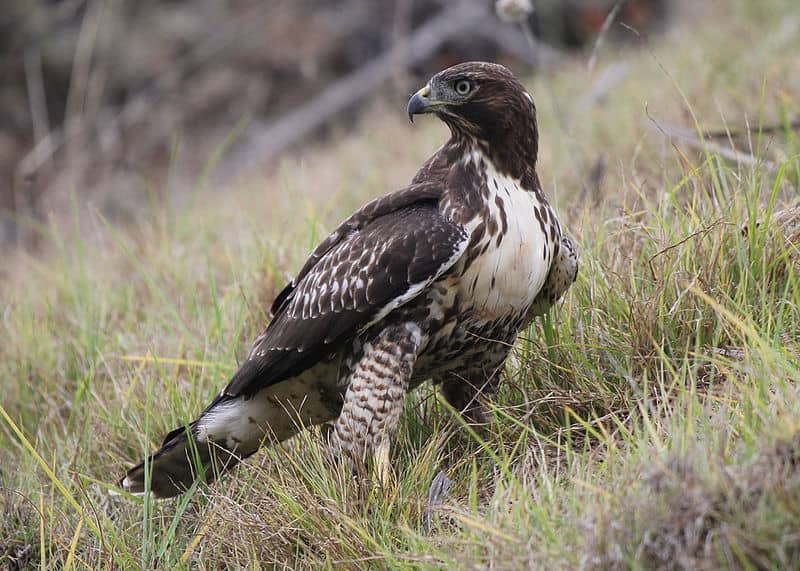Boy Scout Uses Homemade Traps to Safely Remove Hawks
OutdoorHub Reporters 11.12.13

The skies above Mineta San Jose International Airport are no longer the sole domain of passenger planes, whose pilots find themselves in the company of migrating red-tailed hawks. The birds are not only in danger of being hit themselves, but could pose a hazard to the planes that enter and exit the airport. One Californian Boy Scout decided to remedy the problem using a simple yet effective solution. According to NBC News, 16-year-old Caleb Levine built two “raptor traps” with the approval of the US Department of Agriculture (USDA) to safely capture the hawks, which will be later released outside the airport.
KTVU reported that Levine’s raptor traps were actually improvised cage traps constructed from material bought from Lowe’s and Home Depot, both of which generously gave him a discount when they heard about Levine’s project. The traps consist of a bottom cage topped with a collapsible wooden bar and mesh siding. Pigeons are placed in the bottom cage as live bait, drawing in hawks which activate the wooden bar and snap the mesh siding shut. Neither pigeons nor the hawk are harmed in this design.
“It does feel a little better to help one or two hawks that might have hit a plane,” Levine told KTVU. “I think this could go big because it helps so many people, so many birds.”
USDA biologist Megan Klosterman says that hawks arrive every year to San Jose International Airport as part of their annual migration south. Hawks are drawn to the airport because of the abundance of prey—squirrels and gophers—in the surrounding area. Usually, airport officials use fireworks to ward off the birds but there is an especially large number of hawks and other raptors this year.
“They naturally like to hover over the runways because of the thermals and the prey,” Klosterman said. “It’s a nice place for them to stop and feed.”
Klosterman will be the one handling the traps and release of captured birds, and she already had her first catch with Levine’s traps. The contraptions cost the teenager roughly $225 to build, but at least part of that expense will be reimbursed by the USDA.

